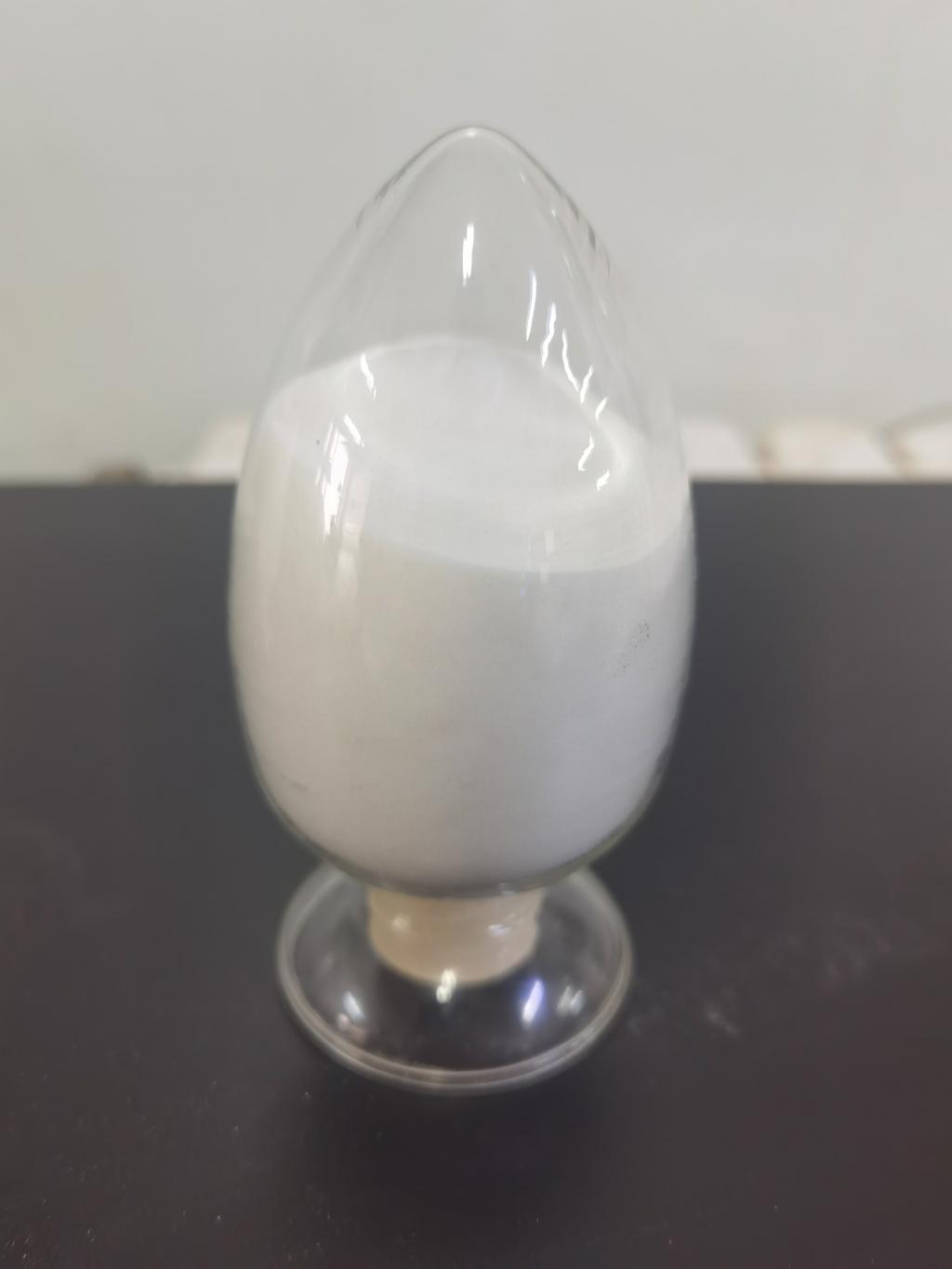Tel:0086 18231198596

News
Current Position:
Home >
News
>Safety assessment and toxicological profile of ε-Polylysine hydrochloride.
Safety assessment and toxicological profile of ε-Polylysine hydrochloride.
TIME:2024-05-14
Regulatory Status:
ε-Polylysine hydrochloride is approved for use as a food additive in many countries, including the United States, European Union, and Japan. Regulatory authorities have established maximum usage levels for ε-polylysine hydrochloride in various food categories to ensure its safe and responsible use. These regulations are based on comprehensive safety assessments and toxicological studies conducted to evaluate the potential health risks associated with ε-polylysine hydrochloride consumption.
Toxicological Studies:
Numerous toxicological studies have been conducted to assess the safety of ε-polylysine hydrochloride for human consumption. These studies include acute toxicity, subchronic toxicity, genotoxicity, and reproductive toxicity assessments, as well as allergenicity and sensitization studies. Overall, the results of these studies indicate that ε-polylysine hydrochloride is well-tolerated and does not cause adverse effects at typical usage levels.
Acute Toxicity:
Acute toxicity studies have shown that ε-polylysine hydrochloride has low acute toxicity, with no observed adverse effects even at high doses. In animal studies, oral administration of ε-polylysine hydrochloride did not result in mortality or significant signs of toxicity. Similarly, dermal and inhalation exposure to ε-polylysine hydrochloride were found to be well-tolerated with no adverse effects.
Subchronic Toxicity:
Subchronic toxicity studies have evaluated the effects of prolonged exposure to ε-polylysine hydrochloride in animal models. These studies typically involve daily administration of ε-polylysine hydrochloride over several weeks or months. Results have consistently shown that ε-polylysine hydrochloride does not cause significant systemic toxicity, organ damage, or adverse physiological effects in animals.
Genotoxicity:
Genotoxicity studies have investigated the potential mutagenic and genotoxic effects of ε-polylysine hydrochloride using various in vitro and in vivo assays. These studies have consistently demonstrated that ε-polylysine hydrochloride is non-genotoxic and does not induce DNA damage or mutations. Therefore, ε-polylysine hydrochloride is unlikely to pose a carcinogenic risk to humans.
Reproductive Toxicity:
Reproductive toxicity studies have assessed the effects of ε-polylysine hydrochloride on fertility, pregnancy, and offspring development in animal models. These studies have shown that ε-polylysine hydrochloride does not impair fertility or reproductive performance in male or female animals. Additionally, prenatal and postnatal exposure to ε-polylysine hydrochloride did not result in developmental abnormalities or adverse effects on offspring health.
Allergenicity and Sensitization:
Allergenicity studies have evaluated the potential of ε-polylysine hydrochloride to induce allergic reactions or sensitization in susceptible individuals. These studies have consistently found that ε-polylysine hydrochloride is non-allergenic and does not elicit allergic responses in animal models or human subjects with known allergies. Therefore, ε-polylysine hydrochloride is considered safe for consumption by the general population.
Health Implications:
Based on the available toxicological data, ε-polylysine hydrochloride is considered safe for human consumption at the levels typically used in food products. Its low toxicity, lack of genotoxicity, reproductive toxicity, allergenicity, and sensitization potential support its safety profile as a food additive. However, further research may be warranted to confirm its safety in specific populations, such as infants, pregnant women, and individuals with pre-existing health conditions.
Conclusion:
ε-Polylysine hydrochloride is a safe and effective preservative widely used in the food industry to inhibit microbial growth and extend shelf life. Regulatory authorities have established maximum usage levels for ε-polylysine hydrochloride based on comprehensive safety assessments and toxicological studies. The available evidence indicates that ε-polylysine hydrochloride does not pose significant health risks to consumers and is well-tolerated even at high doses. By ensuring compliance with regulatory guidelines and monitoring for potential adverse effects, the food industry can continue to utilize ε-polylysine hydrochloride as a safe and reliable food additive.

 CONTACT
CONTACT




